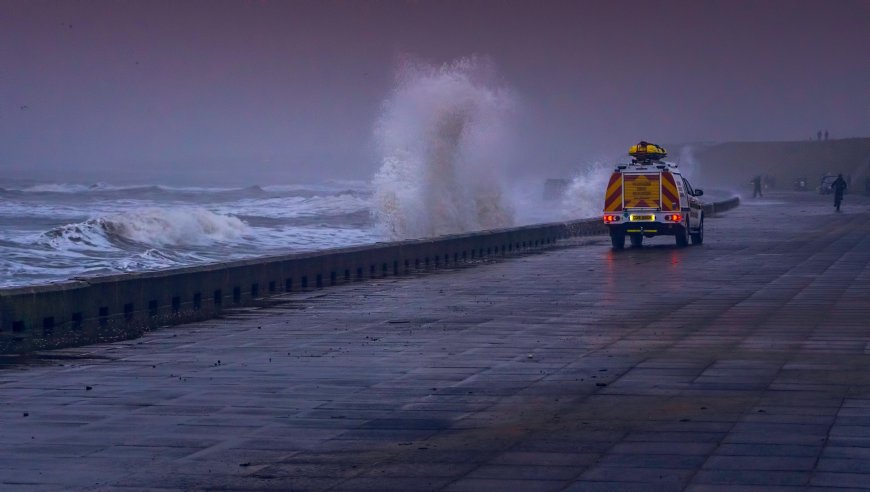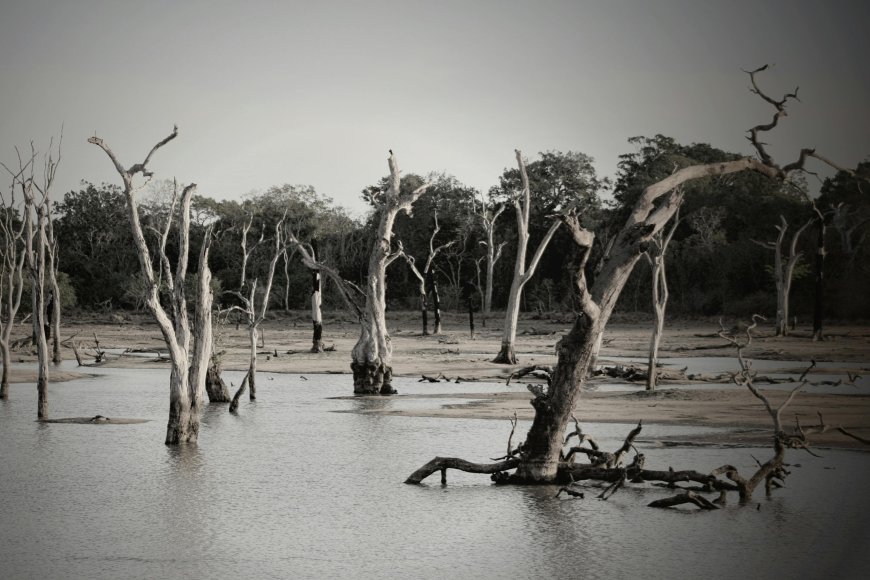EU Floodaware Report Warned of Rising Hydrological Risks as Early as the 1990s
A newly revisited EU Floodaware report (1994–1998) shows Europe recognized hydrological and hydrogeological risks decades before today’s climate crises.

The Final Floodaware Report, produced under the European Climate and Environment Programme (1994–1998), highlighted the growing threat of hydrological and hydrogeological risks long before climate change became a mainstream political concern.
The four-year study — part of Action 2.3.1 — examined patterns of flooding, groundwater instability, and erosion across Europe, warning that changing weather systems and human activity were increasing vulnerability in both urban and rural regions.
Key findings included:
-
Intensifying flood risks linked to extreme rainfall and poor river management.

-
Groundwater depletion and contamination, posing risks to drinking water.
-
Soil erosion and landslides triggered by deforestation and land-use change.
-
The need for cross-border monitoring systems to track shared river basins and underground water reserves.
The report urged European governments to adopt early-warning networks, stronger building regulations in flood zones, and joint hydrological databases to prepare for disasters. While some recommendations were adopted, others remained underfunded or delayed.
Climate experts now view the Floodaware study as an early alarm — one that foreshadowed the devastating floods Europe has since faced, from Central Europe in 2002 to Germany and Belgium in 2021.
With climate extremes now intensifying, the report’s conclusion reads as prescient: without coordinated European action, hydrological risks could escalate into a systemic environmental and economic crisis.
What's Your Reaction?
 Like
0
Like
0
 Dislike
0
Dislike
0
 Love
0
Love
0
 Funny
0
Funny
0
 Angry
0
Angry
0
 Sad
0
Sad
0
 Wow
0
Wow
0
































































